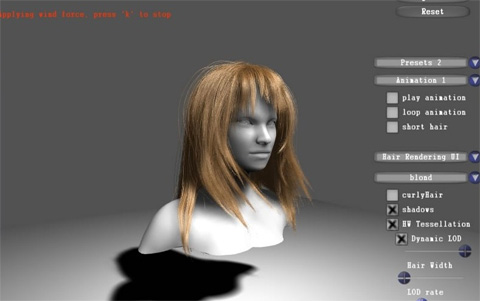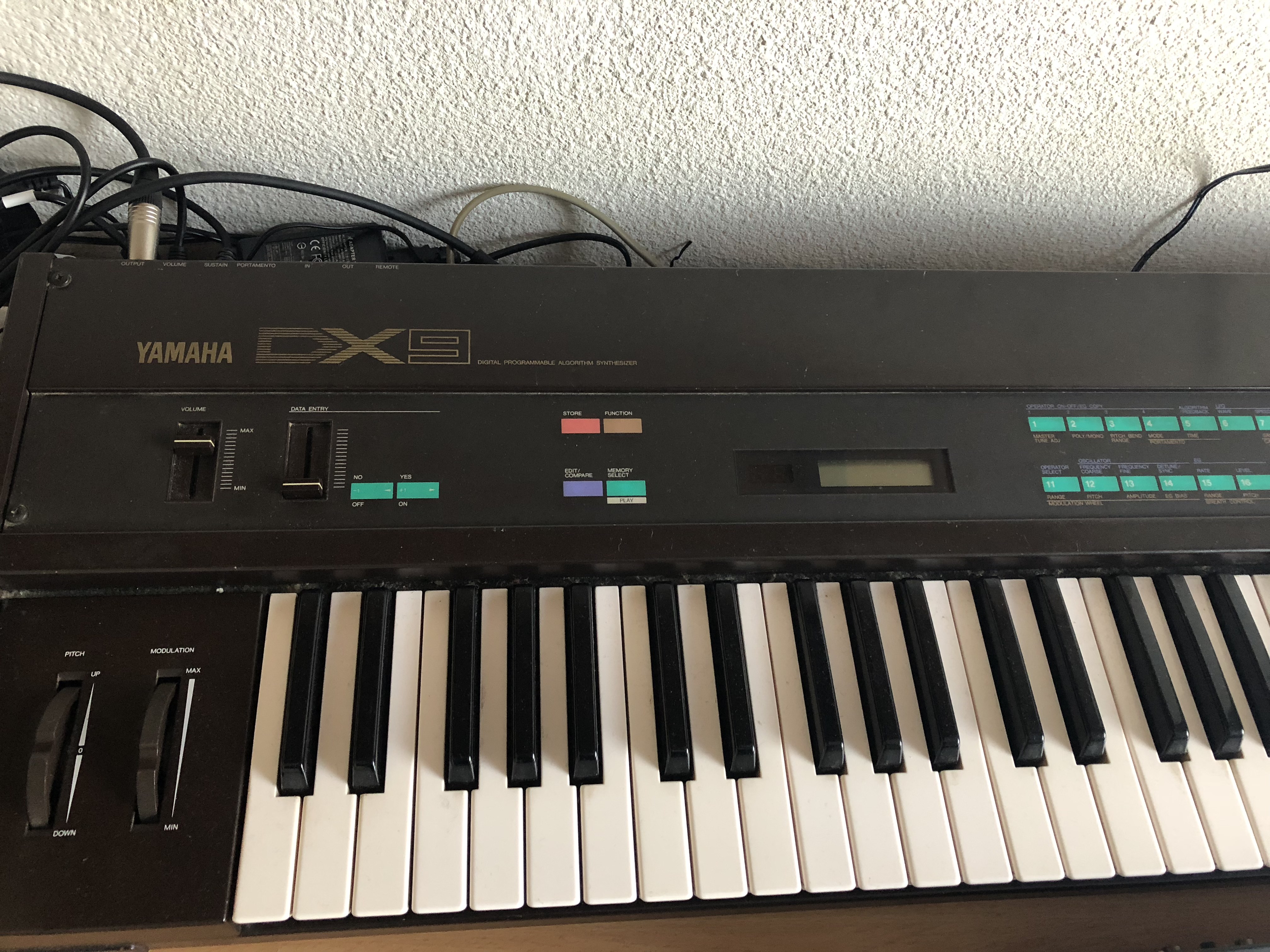

In the future, the utilization of full-world 3D data for rendering techniques will only increase.įigure 2: a top-down view showing how shadow mapping can allow even culled geometry to contribute to on-screen shadows in a scene Today, techniques such as screen-space reflection and global illumination are pushing rasterization to its limits, with SSR, for example, being solved with level design tricks, and GI being solved in some cases by processing a full 3D representation of the world using async compute. Shadow mapping allowed off-screen objects to contribute to on-screen pixels, and environment mapping required a complete spherical representation of the world. It wasn’t long, however, until games began using techniques that were incompatible with these optimizations. Normal and parallax mapping continued to add layers of realism to 3D games, and GPUs provided the ongoing improvements to bandwidth and processing power needed to deliver them. Through the first few years of the new millennium, this approach was sufficient. Top to bottom: no culling, view frustum culling, viewport clippingįigure 1b: back-face culling, z-buffering And in a perfect world, the pixels rendered would be exactly those that are directly visible from the camera:įigure 1a: a top-down illustration of various pixel reduction techniques.


Through approaches like z-buffering and occlusion culling, games have historically strived to minimize the number of spurious pixels rendered, as normally they do not contribute to the final frame. While the internal representation of the game world is maintained as three dimensions, rasterization ultimately operates in two dimensions (the plane of the screen), with 3D primitives mapped onto it through transformation matrices. 3D Graphics is a Lieįor the last thirty years, almost all games have used the same general technique-rasterization-to render images on screen. To learn about the magic behind the curtain, keep reading. If you just want to see what DirectX Raytracing can do for gaming, check out the videos from Epic, Futuremark and EA, SEED.


 0 kommentar(er)
0 kommentar(er)
